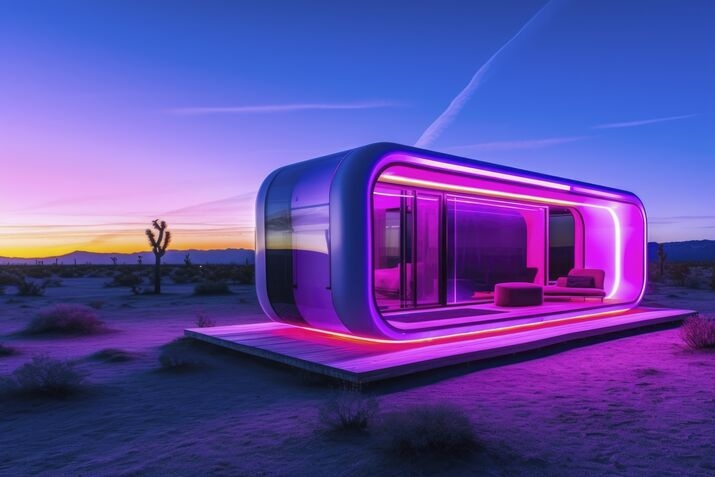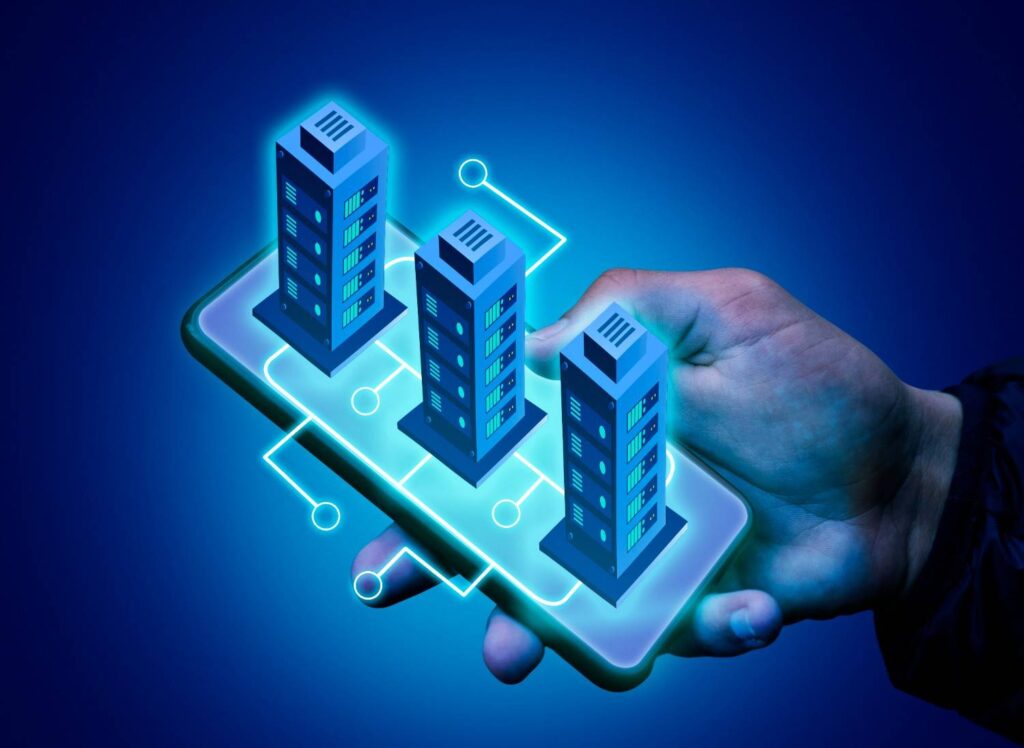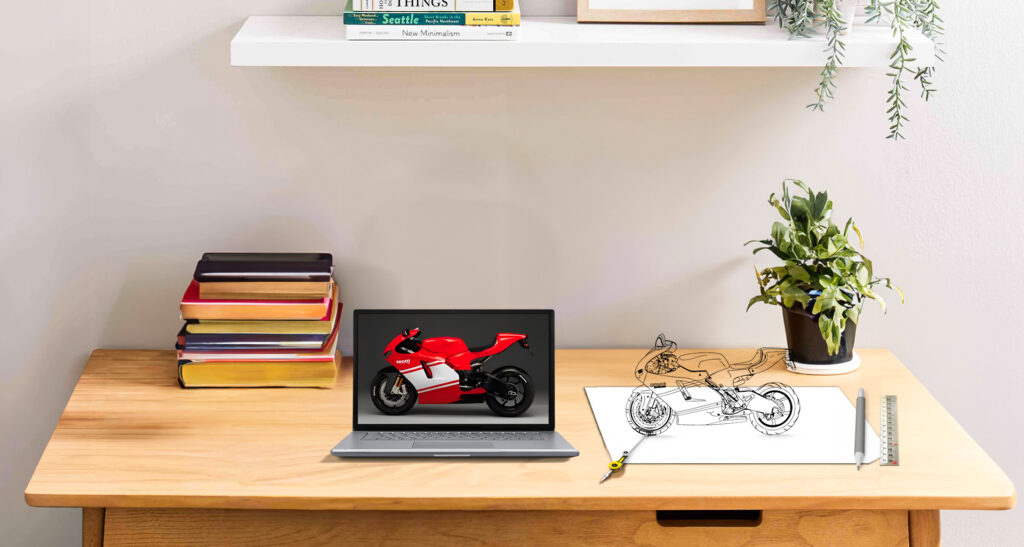OUTSOURCE CREATIVE SERVICES - OUTSOURCE CREATIVE WORKS-OUTSOURCING CREATIVE WORK - OUTSOURCE CREATIVE DESIGN -OUTSOURCE 2D ARTWORKS - 2D ART SERVICES - 2D ART OUTSOURCING -ART OUTSOURCING - OUTSOURCE ILLUSTRATION WORKS - OUTSOURCE ILLUSTRATION SERVICES - OUTSOURCE 3D MODELING - 3D MODEL OUTSOURCING- OUTSOURCING CAD WORKS- OUTSOURCE ARCHITECTURAL SERVICES -BIM - REVIT - 3D FLOOR PLAN - BIM OUTSOURCING SERVICES - MEP - REVIT MODELING - 3D FURNITURE MODELING - 3D ARCHITECTURE MODELING - AUGMENTED REALITY MODEL - VIRTUAL REALITY MODEL - 3D RENDERING - PRODUCT MODELING - 2D SERVICES - OUTSOURCE CREATIVE SERVICES -3D MODELING SERVICES - VFX
Why 3D Modeling is Essential in Today's World
If you look around you, you'll find yourself immersed in a world built on a foundation of 3D models. The sleek phone in your hand was designed as a 3D model. The comfortable chair you're sitting in was prototyped in a virtual 3D space. The car parked on the street outside was designed and tested in a 3D environment. Even the cinematic worlds you visit in movies and video games are meticulously crafted from millions of interconnected 3D models.

3D modeling has evolved from a niche skill used for special effects in Hollywood to a fundamental, cross-disciplinary tool that is revolutionizing nearly every major industry. It is no longer a luxury; it is a necessity for innovation, communication, and business growth. It is the new universal language of design.
At Outsource3DModeling.com, we witness this transformation every day, helping businesses of all sizes leverage the immense power of 3D to solve complex problems and create stunning, compelling visuals. This comprehensive guide will explore the profound reasons why 3D modeling is so important in today's world, breaking down its transformative impact across a wide range of industries.
Part 1: Beyond Entertainment - The Core Concept of 3D Modeling 💡
Before diving into its applications, let's simplify what 3D modeling is. At its core, 3D modeling is the process of creating a digital, three-dimensional representation of an object or surface using specialized software. Think of it as sculpting with virtual clay.
A 3D model is built from a mesh, which is a collection of three basic components:
- Vertices: Individual points in 3D space.
- Edges: The lines connecting two vertices.
- Faces (or Polygons): The flat surfaces created by connecting three or more edges.
By manipulating these simple components, a 3D artist can build anything from a complex human character to a simple geometric shape. This digital object can then be manipulated, rendered into a 2D image or animation, or even brought to life in a virtual environment. Its importance lies not just in the final product but in the incredible versatility of the digital asset itself.
Part 2: The Transformative Impact Across Industries 🚀
The real importance of 3D modeling isn't just that it creates beautiful visuals; it’s that it solves real-world problems. Its applications are so diverse and impactful that they touch almost every aspect of our lives.
1. Film and Animation 🎬
This is where 3D modeling first captured the public imagination. It is the foundation of modern animation and visual effects (VFX).
- Creating New Worlds: From the fully animated worlds of Pixar and Disney to the intricate sets of a sci-fi blockbuster, 3D artists build entire environments, vehicles, and props that would be impossible or prohibitively expensive to create physically.
- Bringing Characters to Life: Every animated character in a movie like Frozen or Toy Story is a meticulously crafted 3D model. Artists sculpt the character, rig a digital skeleton inside, and then animate it, giving it a personality and a story.
- Seamless Visual Effects: 3D models are used to create realistic digital doubles of actors, terrifying creatures, and incredible destruction sequences that blend seamlessly with live-action footage. This allows directors to bring their most imaginative visions to the screen.
2. Video Games 🎮
The video game industry is a massive consumer of 3D modeling. Every single asset in a modern video game—from a playable character and a weapon to a tree and an entire open world—is a 3D model.
- Immersive Environments: 3D models are used to build vast, immersive worlds that players can explore. These worlds are not just visually stunning; they are a key part of the gameplay experience.
- Character and Asset Design: Every character, from the main hero to a background non-playable character (NPC), is a 3D model. Artists design and model everything in the game, ensuring a consistent visual style and flawless performance.
3. E-commerce and Retail 🛍️

For the e-commerce sector, 3D modeling is a game-changer that is replacing traditional, expensive product photography.
- Photorealistic Product Visualization: Instead of costly photo shoots, businesses can create stunning, photorealistic 3D renders of their products. These renders can be created with perfect lighting, on any background, and in any color or material variation.
- Unprecedented Flexibility: From a single 3D model, a company can generate an entire catalog of products with different colors, materials, and features. A furniture retailer can show a sofa in a hundred different fabrics without building a single physical prototype.
- Augmented Reality (AR): 3D models are the backbone of AR experiences. They allow customers to place a virtual product in their own home using a smartphone. This reduces purchase anxiety, increases buyer confidence, and significantly lowers return rates.
4. Architecture, Engineering, and Construction (AEC) 🏛️
The AEC industry has been revolutionized by 3D modeling, moving beyond simple blueprints to dynamic, collaborative digital models.
- Architectural Visualization (ArchViz): Before a single brick is laid, 3D models are used to create stunning, photorealistic renderings and animated walkthroughs of unbuilt properties. This is a crucial tool for securing investor buy-in, gaining client approval, and marketing new developments.
- Building Information Modeling (BIM): BIM is a smart, model-based process that provides architects, engineers, and construction professionals with the insight and tools to plan, design, and manage a building project. The 3D model is the central data hub, allowing for a collaborative workflow and the early detection of conflicts and design flaws.
5. Product Design and Manufacturing ⚙️
3D modeling is now a non-negotiable part of the product development lifecycle, from initial concept to final production.
- Digital Prototyping: Instead of building expensive physical prototypes, designers and engineers can create a 3D model and use it for digital prototyping. This allows them to test a product's form, fit, and function in a virtual environment.
- Stress and Flow Analysis: Engineers can run simulations on a 3D model to test its structural integrity, aerodynamics, and thermal performance, identifying potential failures long before a physical prototype is ever built.
- 3D Printing and Rapid Prototyping: The 3D model is the blueprint for 3D printing. It is an essential tool for creating physical prototypes, molds, and final products in a cost-effective and time-efficient manner.
6. Automotive Industry 🚗

From the initial design sketch to the final advertisement, the automotive industry relies heavily on 3D modeling.
- Concept and Design: Car designers use 3D modeling software to sculpt the exterior and interior of a vehicle, exploring different design concepts and aesthetics.
- Aerodynamics and Crash Testing: Engineers use 3D models to perform aerodynamic simulations and virtual crash tests, saving immense amounts of time and money compared to building and testing physical prototypes.
- Marketing: The stunningly realistic cars you see in commercials are often 3D models. This allows manufacturers to showcase a vehicle in any environment, with any lighting, without a real-world photo shoot.
7. Healthcare and Medicine ⚕️
3D modeling is transforming the medical field, improving everything from education to surgical planning and patient care.
- Anatomical Models: Medical students and doctors can use 3D models to study human anatomy in an interactive, three-dimensional way.
- Surgical Planning: Surgeons can create a 3D model of a patient's anatomy from CT or MRI scans. This allows them to visualize and plan complex procedures, reducing risks and improving outcomes.
- Custom Prosthetics and Medical Devices: 3D models are used to design and 3D print custom-fit prosthetics, implants, and medical devices that are perfectly tailored to a patient's body.
8. Education and Training 🎓
3D models are making learning more engaging, interactive, and effective.
- Interactive Learning: Students can explore a 3D model of a historical artifact, a biological cell, or a chemical compound. This interactive learning experience is far more engaging and memorable than a static 2D image.
- Training Simulations: 3D models are used to create realistic training simulations for a wide range of professions, from pilots and surgeons to factory workers and mechanics.
9. Marketing and Advertising 📈
Beyond product visualization, 3D models are used to create dynamic and eye-catching advertisements that are far more compelling than static imagery.
- Motion Graphics: 3D animated logos, text, and graphics are used to create professional and dynamic advertisements and explainer videos.
- Compelling Storytelling: 3D models allow advertisers to tell complex stories and visualize abstract concepts in a way that is easy for a viewer to understand and remember.
10. The Metaverse and Virtual Worlds 🌐
This is the new frontier, and 3D modeling is the foundation of it all. The metaverse is an immersive, interconnected digital world, and everything in it is a 3D model.
- Digital Assets: Every virtual product, piece of clothing, and building in the metaverse is a 3D model.
- Virtual Experiences: 3D models are used to create the virtual showrooms, stores, and experiences that brands are building in this new digital space.
Part 3: The Future is Three-Dimensional 💡
The importance of 3D modeling has only just begun to be fully realized. It is a technology that is constantly evolving, with new software, workflows, and applications emerging every day. Its power lies in its versatility. A single, well-crafted 3D model can be used for everything from a photorealistic render to an interactive AR experience, a 3D printed prototype, and a video game asset. It is a universal creative language that provides a competitive edge in a world where speed, innovation, and compelling visuals are the keys to success.
Conclusion: The Strategic Imperative 🤝
For any business looking to innovate, grow, and stay competitive in the modern market, understanding and leveraging the power of 3D modeling is a strategic imperative. From enhancing customer experience with AR to streamlining product development and creating breathtaking marketing materials, 3D modeling is the tool that can help you achieve your goals.
Whether you're a small startup or a large corporation, partnering with a team of experts can give you on-demand access to this powerful technology without the immense cost and logistical burden of building an in-house team.
3D modeling is no longer a futuristic technology; it is a fundamental tool of the present, shaping how we create, consume, and interact with the world around us. Its importance will only grow as new technologies like the metaverse become more mainstream. From revolutionizing how we buy furniture to enabling life-saving surgical procedures, heart of today’s most exciting innovations. By understanding its importance and strategically integrating it into your business, you can unlock a new dimension of possibilities and ensure your brand is ready for the future.
Visit
Fore more details contact us : https://www.outsource3dmodeling.com/

No comments:
Post a Comment